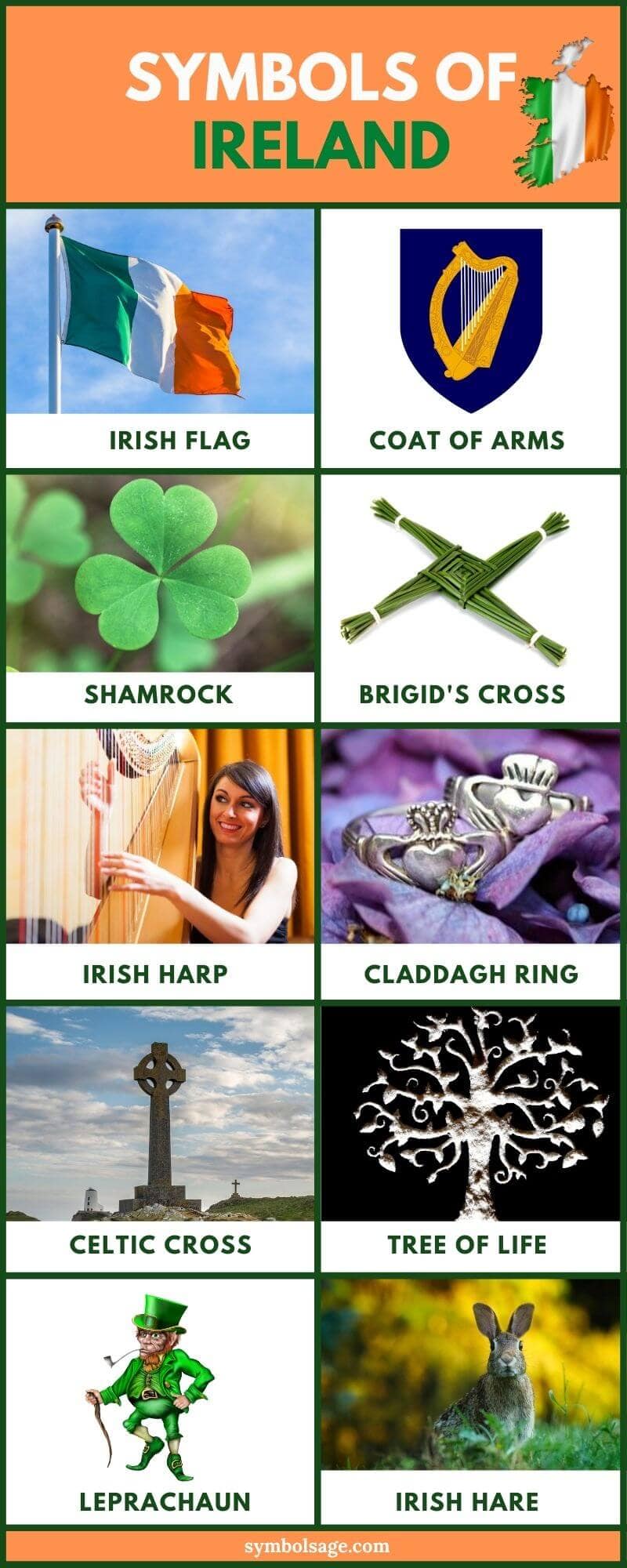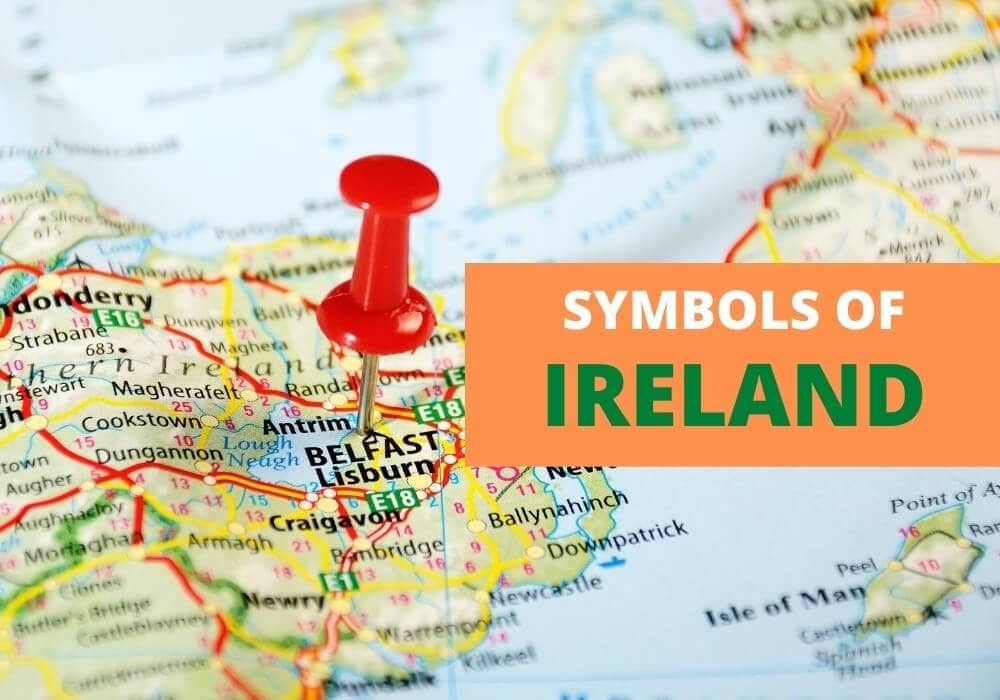
Table of Contents
A country with a long, rich history, Ireland has a distinctive culture that dates back thousands of years. Irish culture has significantly influenced others with Irish symbols, motifs, music and literature found around the globe. From Celtic knots to shamrocks and Claddagh rings, here’s a look at some of Ireland’s most famous symbols.
- National Day: March 17th also known as St. Patrick’s Day
- National Anthem: Amhran Na BhFiann (The Soldier’s Song)
- National Currency: Euro
- National Colors: Green, White and Orange
- National Tree: Sessile oak (Quercus petraea)
- National Flower: Shamrock
- National Animal: Irish Hare (cultural not official)
- National Bird: Northern Lapwing (cultural not official)
- National Dish: Irish Stew
- National Sweet: Irish Barmbrack
The Irish Flag
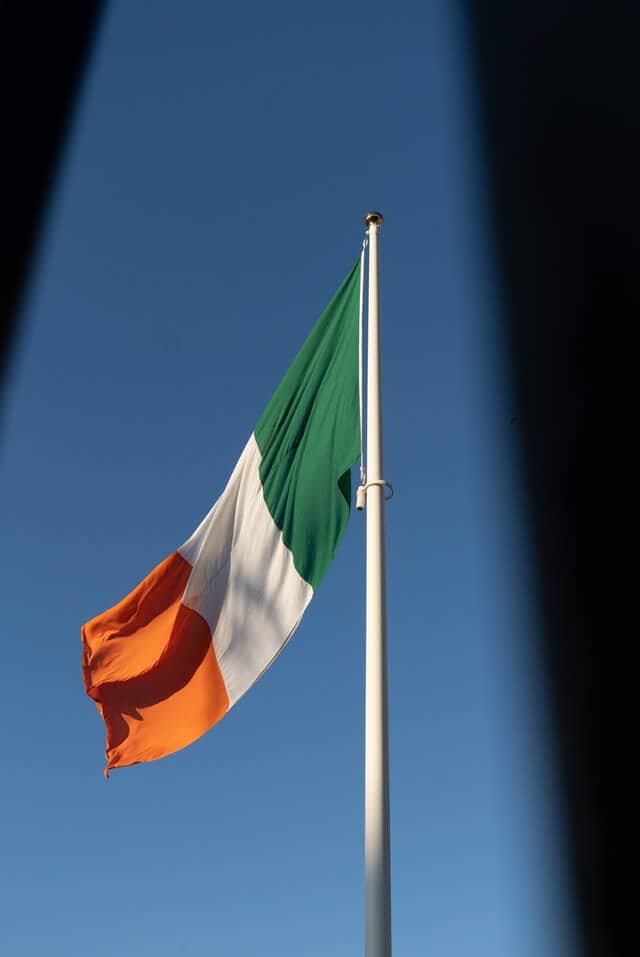
The national flag of Ireland is made up of three colored stripes: green, white and orange. The green stripe is symbolic of the Roman Catholic population, the orange stands for the Irish Protestants and the white represents harmony and unity between the Protestants and the Catholics. As a whole, the flag symbolizes political peace and hope for the union of people of various traditions in the country.
The current design of the tricolor flag was chosen by the Irish Republic as the national flag during the Irish War of Independence in 1919. It’s usually displayed on a flagstaff with the green stripe positioned at the hoist and it’s never flown from official buildings in Ireland.
Coat of Arms of Ireland
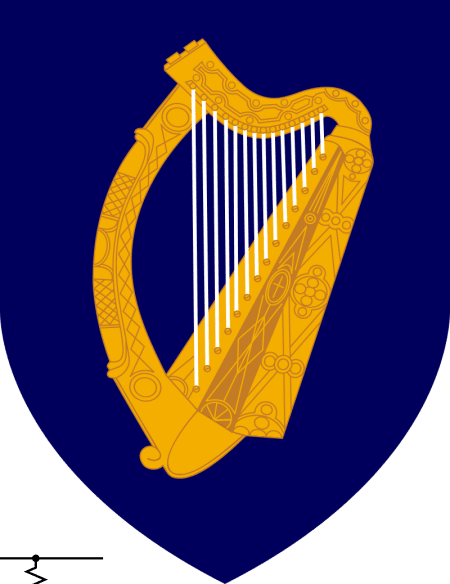
The Irish coat of arms is quite simple in comparison to most heraldic emblems, consisting only of a silver-stringed gold harp superimposed on blue background in the shape of a shield. It was adopted as the coat of arms by Henry VIII when he declared Ireland a new kingdom in 1541 after ending the period of Lordship of Ireland. Over time, the coat of arms remained the same although the depiction of the harp had changed slightly. The coat of arms is featured on official documents like the Irish passport and is also used by the general court and the Prime Minister of Ireland.
Shamrock
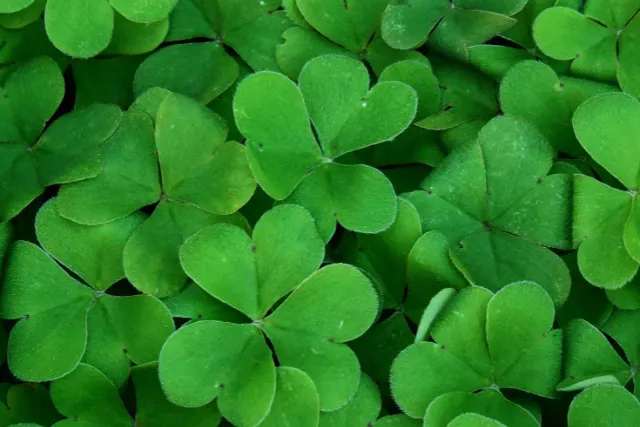
The shamrock is an unofficial symbol of Irish culture, heritage and identity, featured on the national airline as well as on the uniforms of sports teams. It was made famous by St. Patrick who used the three leaves of the shamrock to teach the pagans about the Holy Trinity while he was on his mission to ‘Christianize’ the country.
Shamrocks usually have three leaves which represent hope, faith and love. However, there are also those with four leaves, popularly known as the ‘lucky clover’ or the ‘four-leaved clover’. Four-leaf clovers are quite uncommon and symbolize good luck since the fourth leaf is where the luck comes from.
The shamrock became a national symbol of Ireland in the mid-eighteenth century and is also a symbol of St. Patrick’s Day, a religious and cultural celebration to honor the patron saint of Ireland.
Brigid’s Cross
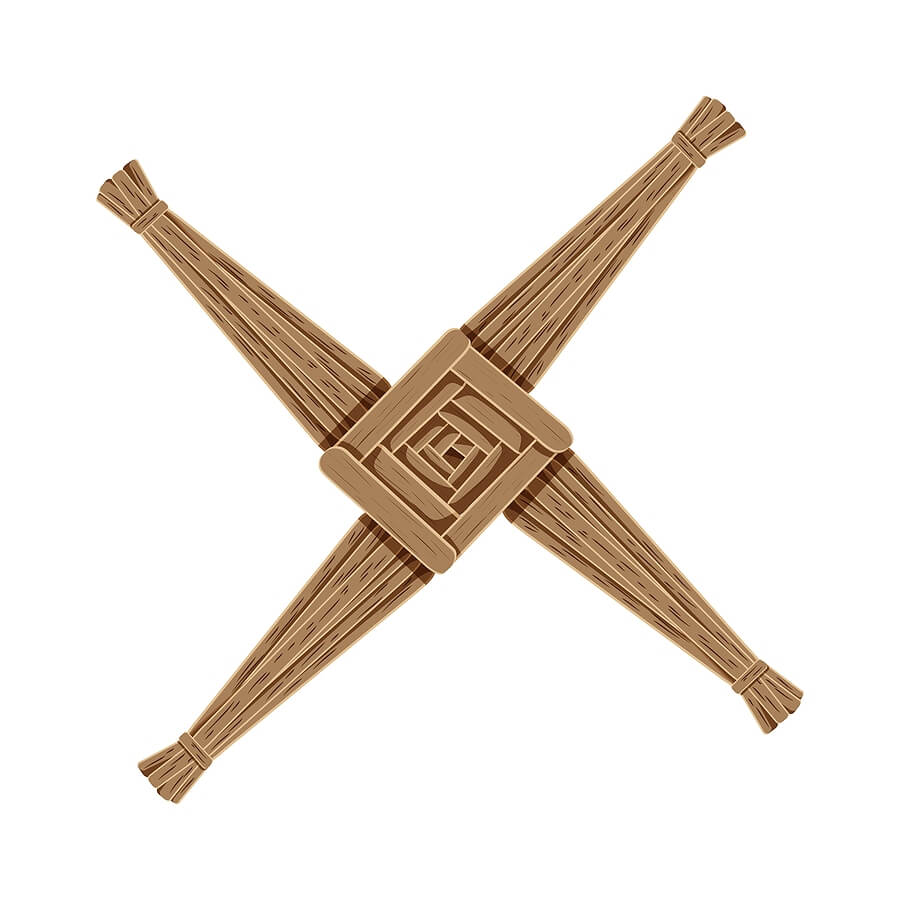
Brigid’s Cross is a small cross typically woven from rushes, with four arms and a square in the middle of the arms. It’s widely recognized as a Christian symbol and closely associated with Brigid of the Tuatha de Danaan who, in Irish mythology, was a life-giving goddess.
Once Brigid’s cross is woven, it’s blessed with holy water and used to keep away fire, evil and hunger. It was traditionally set over windows and doorways of homes and other buildings as a form of protection all throughout the year. At the end of the year the cross would be burned and a freshly woven one would take its place for the next year.
Brigid’s Cross has become an unofficial symbol of Ireland, used for centuries in Irish art and designs. Nowadays, many stylists use it for Irish jewelry, talismans and gifts.
Irish Harp
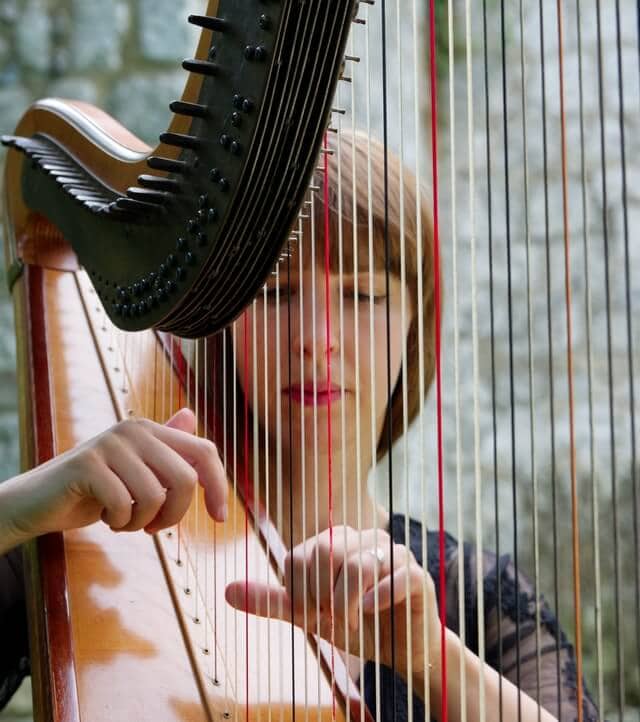
The Irish Harp is a national symbol of Ireland, featured on coins, the Presidential Seal, the passport and the Irish coat of arms. The harp has an association with the Irish people that goes far back to the 1500’s but it’s only the national symbol when it’s in ‘left facing’ form.
The harp was chosen by Henry VIII who decided that it would be the national symbol of the new Kingdom of Ireland. Although it’s a major symbol of the country, few people actually know what it represents. The Irish believe that the strings of the harp signify the arms of the king (or the arms of many kings), thereby symbolizing power and authority. Today, the Irish Harp remains one of the lesser known but most important traditional symbols of Irish culture.
Claddagh Ring
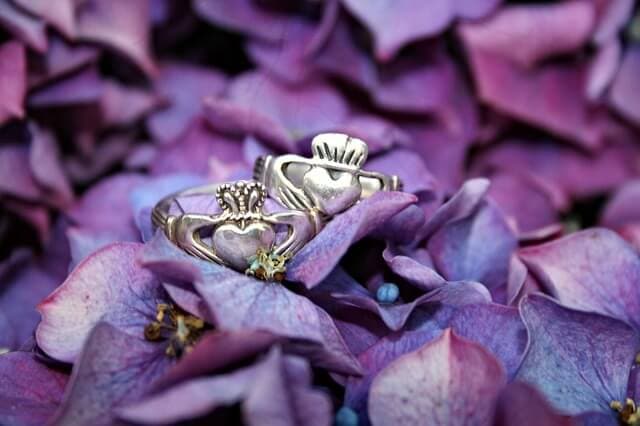
A traditional piece of Irish jewelry, the Claddagh ring belongs to the family of ‘fede rings’, dated from Roman times. It features three elements which each have their own symbolism: the heart, the crown and the hands. The heart symbolizes timeless love whereas the crown stands for loyalty and the hands are symbolic of friendship. The hands also signify the pledging of vows which is one of the reasons they were used as wedding/engagement rings in Renaissance and medieval Europe.
Claddagh rings were produced in Galway since 1700 but they weren’t called ‘Claddagh rings’ until after the 1830s. The origin of the ring remains unknown but there are various legends and myths that surround it. It’s believed to have originated in a small fishing village called ‘Claddagh’ in Galway, but this has never been verified.
The Claddagh ring is worn by many Irish couples even today as an engagement or wedding ring and is considered an unofficial but important symbol unique to Ireland.
Celtic Cross
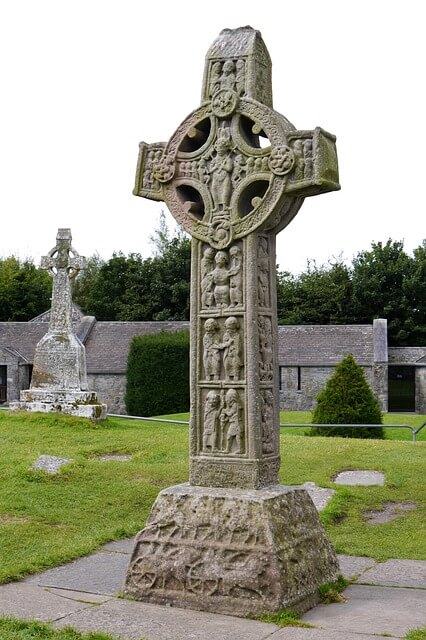
The Celtic Cross is a Christian cross featuring a ring or a halo and is found all throughout Ireland. According to the legends, it was first introduced by St. Patrick on his mission to convert pagans to Christianity.
It’s said that St. Patrick wanted to emphasise the importance of the cross to the newly converted followers by linking it with the sun wheel symbol, which signified the sun’s life-giving properties. The cross represents human desire to discover and experience the mystery of life and its arms signify four different ways to ascension. The ring connects the arms together, representing unification, wholeness, totality and inclusion.
In the mid-nineteenth century, the use of the Celtic Cross in Ireland increased greatly, becoming not just a religious symbol but also a symbol of Celtic identity.
Irish Hare (or the ‘Mad March Hare’)
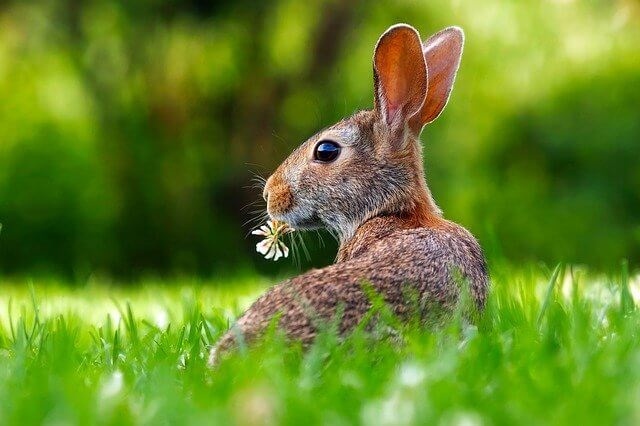
The Irish Hare is the national land mammal of Ireland, unique to the country and one of its very few native mammals. Irish hares usually come together in groups during spring which a time of courtship for them. Courtship is very energetic and quite interesting since it involves a lot of kicking, ‘boxing’ and leaping around which is how the phrase ‘Mad as a March hare’ came into existence.
The Irish admire the hare for its speed and strength, viewing it as a mysterious and magical animal. The Celtic people believed that it had supernatural powers and regarded it as an animal to be treated with extreme caution. They also saw it as a symbol of sensuality and rebirth or resurrection.
Celtic Tree of Life
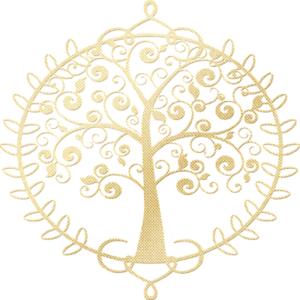
The Celtic Tree of Life is a sacred oak tree and another unofficial symbol of Ireland which signifies the creation of harmony and balance brought about by the combination of the forces of nature. The branches of the tree reach towards the sky whereas the roots go down into the ground and as you can see in the symbol, the branches and roots are connected. This connection represents the link between the mind and body, heaven and earth and the cycle of life which is never-ending.
In Ireland, the Tree of Life is symbolic of wisdom, strength and longevity. The Irish believe that trees were ancestors of humans and were a gateway that opened into the spirit world. The tree also symbolizes rebirth since it sheds its leaves during winter and bursts back into life in Spring.
Irish Leprechaun

Probably one of the most popular and well-known symbols unique to Ireland, the leprechaun is a supernatural being, classed as a type of fairy. The leprechaun looks similar to a little old man with a leather apron and a cocked hat. In Irish folklore, leprechauns were grumpy tricksters who lived alone and passed time mending shoes that belonged to Irish fairies. The fairies pay them with gold coins which they hoard in large pots.
According to the legend, catching a leprechaun is lucky and if you do so, you can make him tell you where his pot of gold is hidden. It might supposedly be at the end of a rainbow and because it’s not possible to find the end of the rainbow on your own, you’d have to catch the little leprechaun first. It’s also said that if you catch a leprechaun, it will grant you three wishes, similar to the genie in Aladdin.
Wrapping Up
The above list features only some of the most popular Irish symbols. While it’s by no means an exhaustive list, it does give a good idea of just how popular and ubiquitous the Irish influence has been, as you’ve likely encountered many of these symbols before.
